They are the iconic birds that were persecuted to the brink of extinction in Britain by the early 20th century.
But following a steady recovery, where do Scotland’s ospreys go when they migrate annually to and from places like Perthshire’s Loch of the Lowes wildlife reserve?
What incredible challenges do they face along the way?
‘Human Swan’ Sacha wanted to build on knowledge of osprey flyway
When Australian-born conservationist and paramotorist Sacha Dench started planning for her Flight of the Osprey expedition that took place last year, she wanted to investigate why 70% of the young birds that leave the UK and fly to West Africa on migration each year never return.
The world record-breaking biologist and conservationist, who is ambassador to the UN’s Convention on Migratory Species and CEO and founder of Conservation Without Borders, wanted to build on the knowledge of her 2016 ‘Flight of the Swans’ expedition.
On that 7000 km trip, which saw her acquire the nickname the ‘Human Swan’, she flew her paramotor from Arctic Russia across 11 countries to the UK, following Bewick’s swans on their migration route.
As well as a chance to learn more about Bewick’s swans and why they are declining, it was a chance to bring people from very different cultures together – because the swans’ fate ultimately rests in human hands.
Sacha faced many of the same challenges as the migrating swans, from extreme weather to a hostile landscape of pylons and tall buildings, as well as struggling to find safe places to land, rest and refuel.
The plan was to do something similar with the ospreys – tracking the birds of prey as they travel 6,213 miles (almost 10,000km) from Findhorn on the Moray coast in north-east Scotland to Ghana through 14 countries, including England, Wales and Portugal.
But as Sacha made preparations to take to the skies with the ospreys – when she would again take to the air, dangling from a wing of fabric with a propeller strapped to her back – a tragic accident grounded everything.
Paramotor crash killed Sacha’s cameraman
In September 2021, the conservationist and her well-known adventure filmmaker cameraman Dan Burton were in the final stages of a 3000-mile challenge to circumnavigate Britain to raise awareness of climate change ahead of the COP26 UN climate change conference in Glasgow, when their battery-powered paramotors collided close to Loch Na Gainmhich near Lochinver in Sutherland.
Fifty-four-year-old Dan was killed, and Sacha suffered serious life-changing injuries after plunging 150-feet to the ground.
Less than a year after the fatal mid-air collision, Sacha announced details of Flight of the Osprey and expressed a determination to be part of it in August 2022.
With one leg still in a metal frame and the other in a cast, however, she wasn’t able to fly any aircraft and to this day has yet to return to the skies.
What impact did crash have on plans for Flight of the Osprey?
Speaking to The Courier ahead of the Royal Scottish Geographical Society’s Inspiring People talks programme which will bring her to Dundee on October 3 and Dunfermline on October 4, Sacha explained that her Conservation Without Borders team ended up using drones for a lot of the flying.
They followed the impressive osprey from the sky, the land, and even underwater, all the way to Africa and back, to investigate where they go, who they meet, and why so many are lost on this great migration.
But despite the need to adapt, there was still an “incredible story” to be told – and it “honoured” her cameraman who died.
“It’s a long slow recovery – it was pretty bad,” said Sacha, 48, reflecting on the crash.
“My preference would be not to talk about it too much due to ongoing stuff.
“But I’m back up and around and walking again – not running.
“Would I normally survive a 150 foot fall? Somehow I did.
“It’s a long slow recovery, and who knows where we’ll get to.
“But the one thing – the various different NHS and people around Scotland went out of their way to help. I’m just incredibly grateful for where I am now.”
What challenges have faced ospreys over the centuries?
According to the RSPB, ospreys were persecuted into extinction in the UK during the 1800s.
They were shot for taxidermy and collectors took their eggs.
The last recorded breeding took place in Scotland in 1916 and ospreys also disappeared across much of Europe – reaching a low in the 1920s and 1930s.
However, thanks to recolonisation in 1954, ospreys have since spread slowly but steadily in Scotland.
There are now thought to be between 250 and 300 breeding pairs and this number is increasing, especially in Argyll, southern Scotland and parts of the north.
At the Scottish Wildlife Trust’s Loch of the Lowes nature reserve near Dunkeld, it’s a highlight of the year when in late spring a breeding pair return.
It was reported in August this year that the current pair and their family had departed at their earliest stage of the year ever recorded.
Availability of fish and hunting success, climate change and changing weather patterns have all been cited as factors that could be having a direct impact on these predators.
Despite improvements to their survivability in the UK, however, less is known about the threats the species face as they migrate overseas.
Factors such as power lines and pollution and changes to land use have been identified as some of the specific threats on their migration routes.
What drives Sacha Dench to find out more about the migration of birds?
Sacha, who set a Guinness World Record in 2016 as the first woman to cross the English Channel by paramotor, is driven to change the narrative of the climate crisis to one of ambition, energy and enthusiasm for solutions.
A major driver of her osprey expedition was therefore to show what can be done when people put their minds to it and when people from all different walks of life collaborate to solve problems.
“Building on the success of the Bewick’s swan expedition, we realised that with the osprey we had a fabulous story,” she said.
“It is a bird that has come back because people collaborated.
“It wasn’t just conservationists. It was private land owners, it was individuals offering to man nest sites that might have been targeted for egg collection.
“I think there was some military involvement – all kinds of different people.
“It shows what can be done if we put our minds to it, because the destruction of the osprey population was fairly extreme.
“But while the numbers have come back amazingly in the UK, we still have incredibly low survival rates for the juveniles.
“Seventy per cent die each year before they return from their first migration to Africa.
“Why is that? And more importantly, what can be done about it?”
How did the Flight of the Osprey team keep track of the birds?
Sacha explained that the team used GPS tags to monitor the movement of four birds.
One was originally from Rutland Water in the East Midlands, and three juveniles were from the Borders region.
While birds like geese and swans migrate in flocks, what osprey do is all the more remarkable as they migrate as individuals, using some kind of “mental map” imprinted in their DNA to navigate.
“The juvenile birds on their first migration will head south,” said Sacha.
“Rather than going directly across into France, they will end up heading down onto the tip of Cornwall.
“Once they are on the tip of Cornwall, if they take off and if there is anything that is going to send them out towards the west, there’s a reasonably high chance they will end up getting blown out into the Atlantic. That is what we saw happen to all three juvenile birds.
“But they are definitely born with an internal map and over time through evolution and survival, those whose map sends them more or less in a better direction are more likely to survive.”
Sacha said there’s some debate about whether solitary osprey may watch other birds from a distance.
In southern France, for example, there’s a gap in the Pyrenees that lots of birds fly through.
There are days when they may see other osprey and follow them.
What’s not in doubt, however, is that they somehow have some innate knowledge of more or less what direction to go.
Ospreys have a natural ability to navigate – but they face many threats
“When they head south, they spend a couple of years before they do their first migration back,” said Sacha.
“And in that time they might explore different areas of West Africa and figure out a good place for themselves to be.
“On their return migration they tend to go more direct.
“But in that first year, not only do the juvenile birds have to learn to fish for themselves – because they were being fed their entire time on the nest – they ‘ve got to figure out where they are going, navigate predators for themselves and all the other threats.
“I think we found 38 different threats to the birds overall! They are a pretty incredible bird!”
Sacha said some will make the whole migration in four or five weeks. But it’s very dependent on weather.
For the migration south there tends to be more favourable conditions and tail winds.
For the journey north, they are more likely heading into head winds, making it longer and more complicated.
Tagging adds to data every year.
But overall, information remains “patchy” – especially when the birds fly south of southern Europe.
Sadly, of the four tagged birds the project monitored, three did not survive.
In Britain and Europe, a lot of work has gone in to reintroductions and making sure there’s appropriate habitat.
But even in Britain, there should be “10 times the osprey we currently have”.
What difference does Conservation Without Borders hope to make?
What Conservation Without Borders tries to do on expeditions is use the birds’ movements as an indicator of what might be happening.
Where a threat has been identified, they’ll try and understand a bit better what might be behind it, and work out who the best people are to collaborate with to try and fix it.
In Morocco, for example, which Sacha describes as a “political hot potato”, the only surviving member of their tracked osprey is living within a highly contested region of Western Sahara within a phosphate mine.
Habitat destruction and degradation of wetlands is a “really desperate issue”, she said, with threats along about one third of the osprey flyway.
At the moment, there are still options for the osprey, she said.
But other birds will start to struggle if they lose many more wetlands.
“They are shrinking and they are being more and more polluted by pesticides and other things,” she said.
“Construction of drains where there’s water shortages, plastic pollution and wetlands generally being built into are all problems.
“The impacts of power lines are also pretty extreme in all countries – especially further south in Morocco and West Africa, but particularly across Europe.
“In one year I think the birds which are bred in northern Spain, 11 had GPS tags and eight of them died being electrocuted on power lines before they got south of Spain.”
Improvements to flyways can inspire change through the world
Sacha, a former free diver, says there are major systemic challenges.
The impact of climate change recently struck a personal chord when she lost her family house to the bush fires in Australia.
There’s never going to be real environmental progress unless there’s a complete alliance between industry and conservation, she says.
But looking at an entire flyway, there are inspiring people and stories to be told.
This, and success stories from conservation work in recent decades, can offer much needed hope and show that positive change on a migration route of this scale can offer hope to the world.
Where and when to see Sacha Dench talk in Dundee and Dunfermline
Sacha Dench is speaking for RSGS in Aberdeen, Dundee, Dunfermline, Glasgow and Edinburgh.
Sacha’s Dundee talk begins at 7.30pm on October 3 at Lecture Theatre LT4, Dalhousie Building, University of Dundee, Dundee, DD1 5EN.
Sacha’s Dunfermline talk begins at 7pm on October 4 at Dunfermline High School.
RSGS Inspiring People talks are open to all: tickets are free for RSGS members, students and U’18s and £10 for general admission.
For more information go to rsgs.org/events
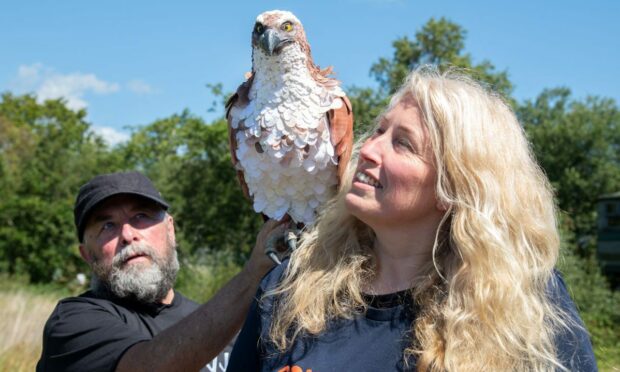
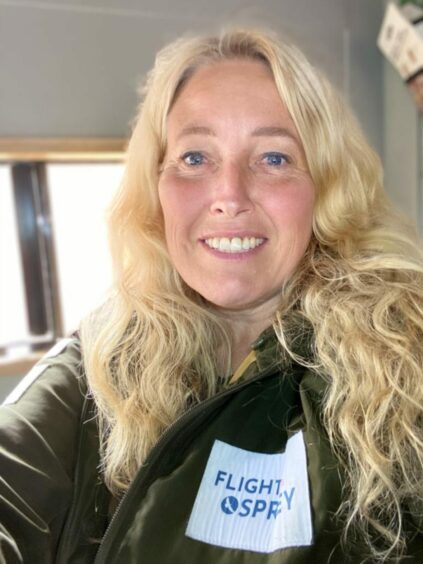
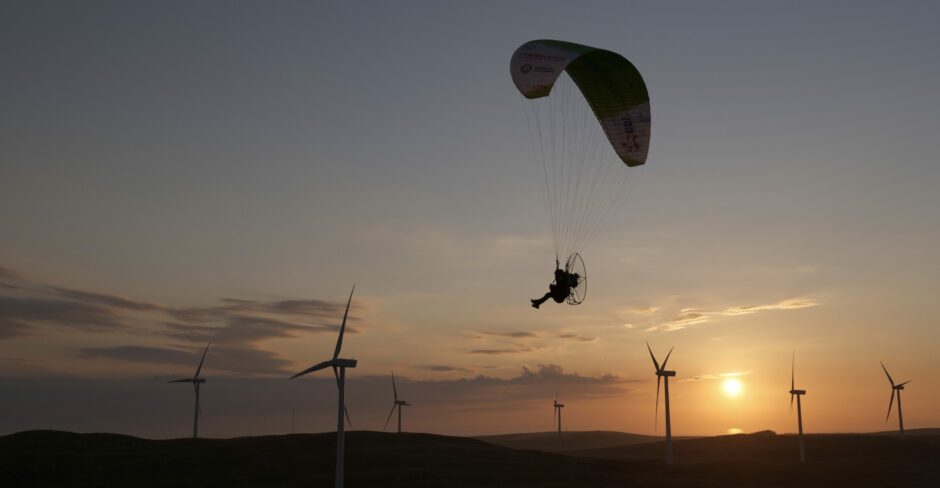

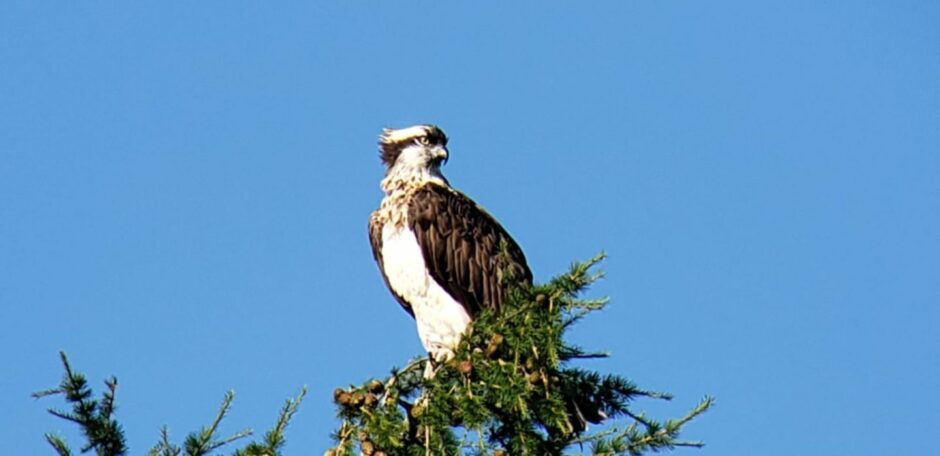
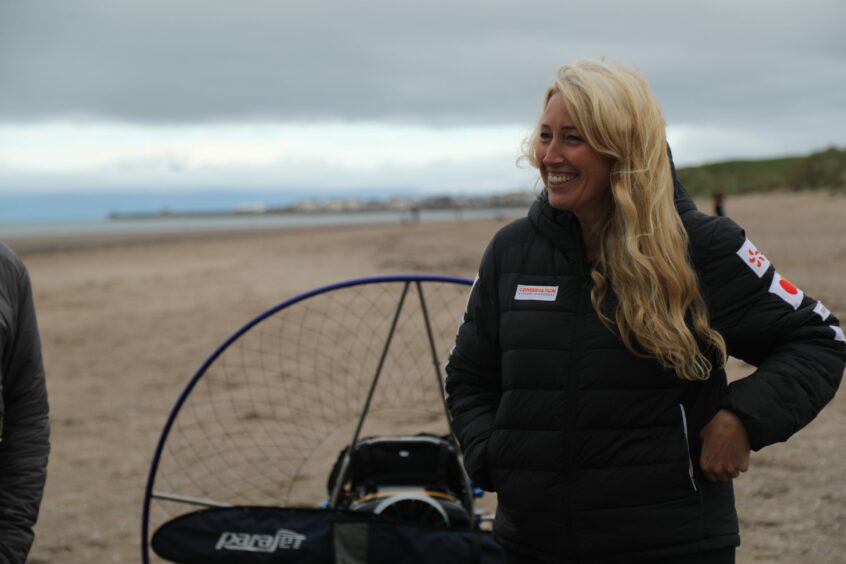

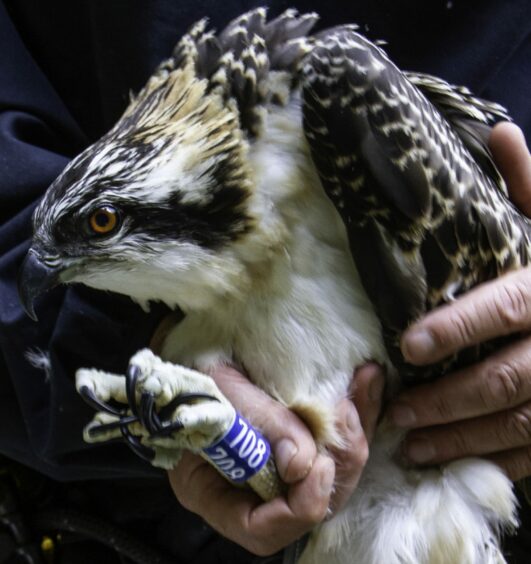
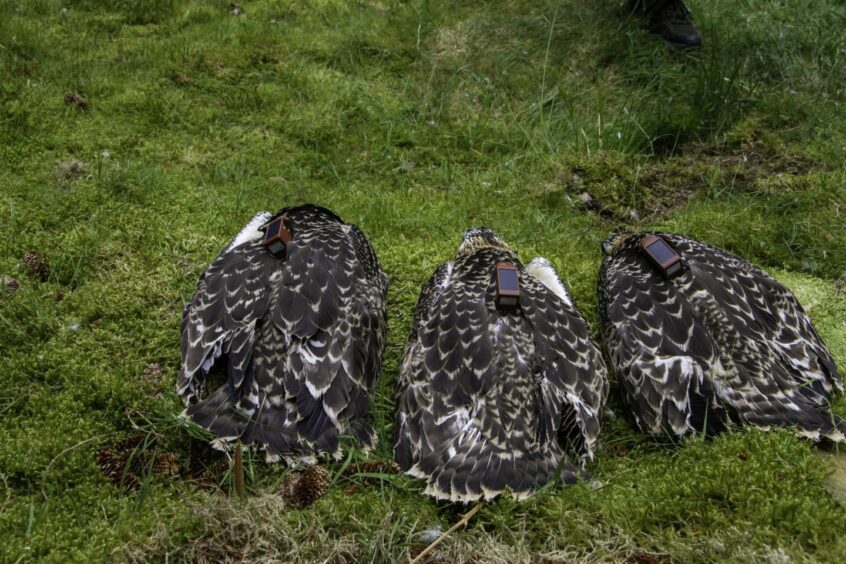
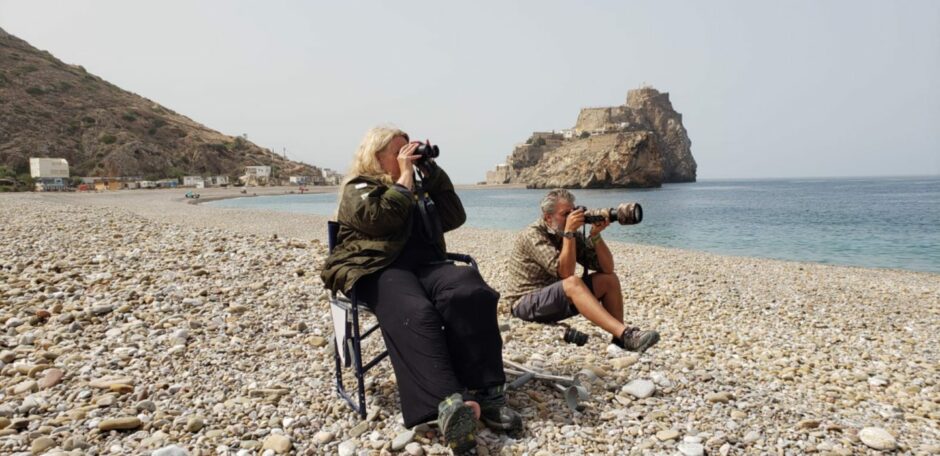
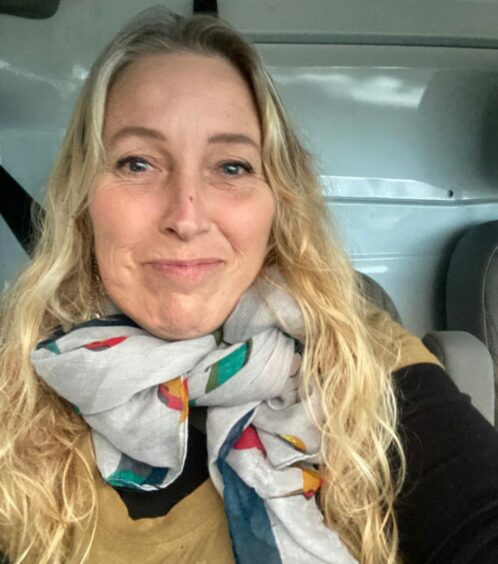
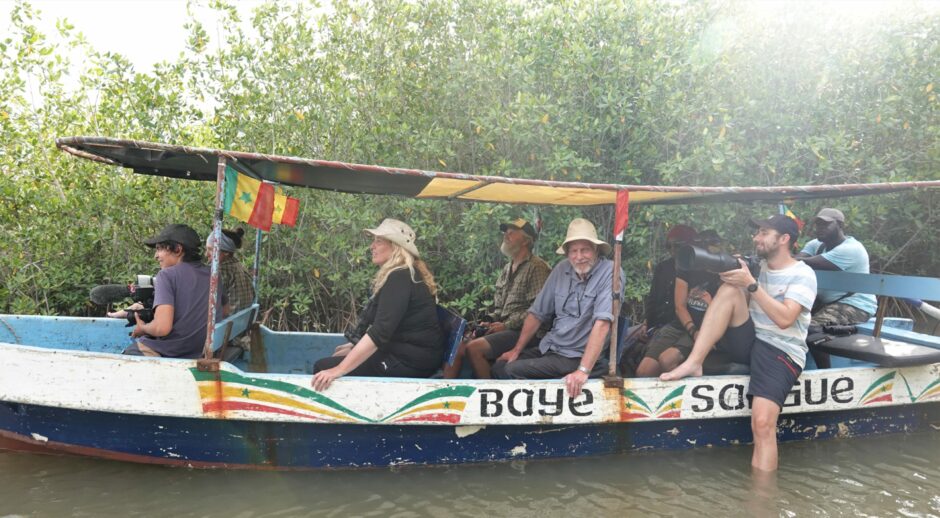
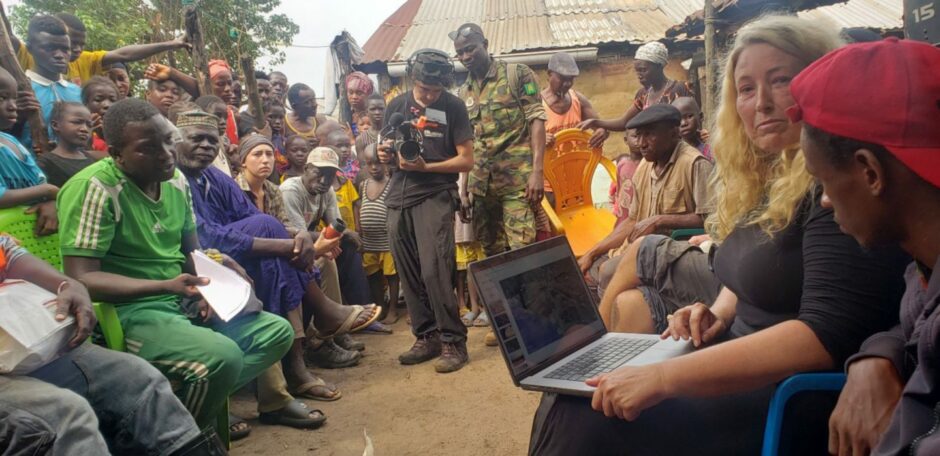
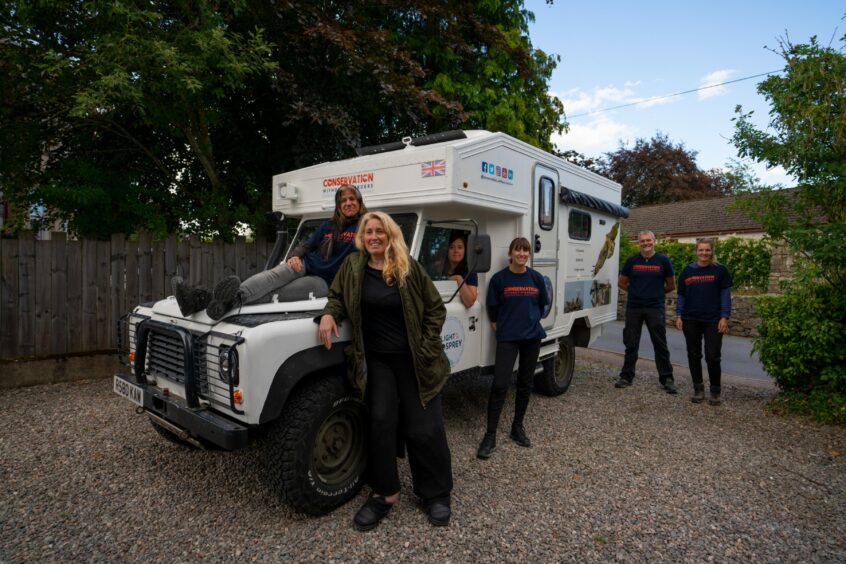









Conversation